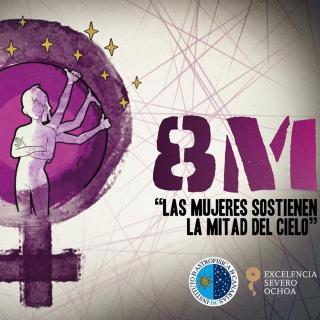On February 21st and 22nd 2024, IACTEC organized a hybrid presential/telecom course on dissemination of Space Sciences with online tools, dedicated to secondary school teachers. Themes covered include wildfire observation from space using the Earth Observation Browser from Copernicus Project (a specific course on EO Browser had already been held in 2023), solar panels seen from space using Geographical Information Systems such as Google Earth and Google Maps, Near Earth Objets, and light pollution. A total of 15 teachers attended the course. This course was developed in the frame of Planet
Advertised on




